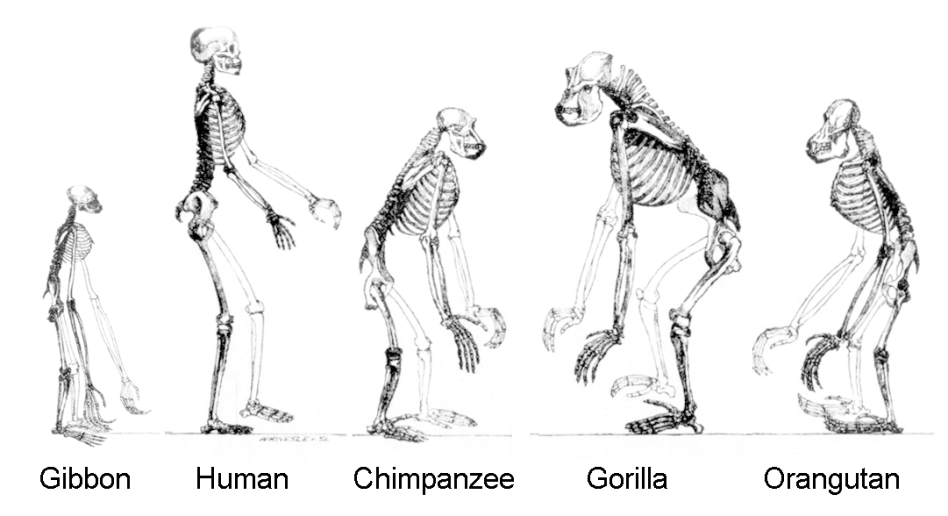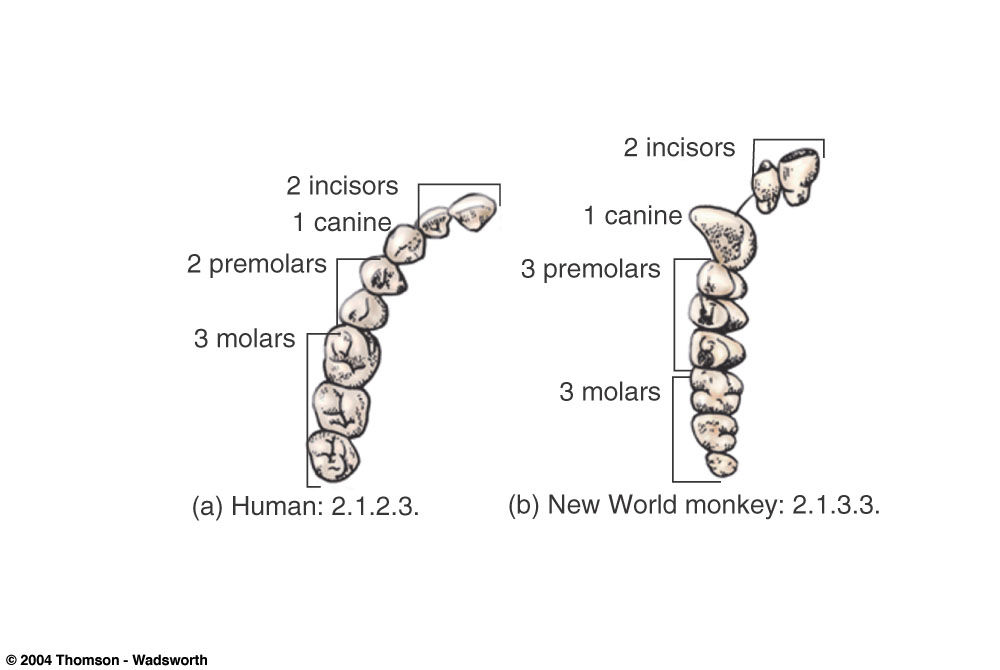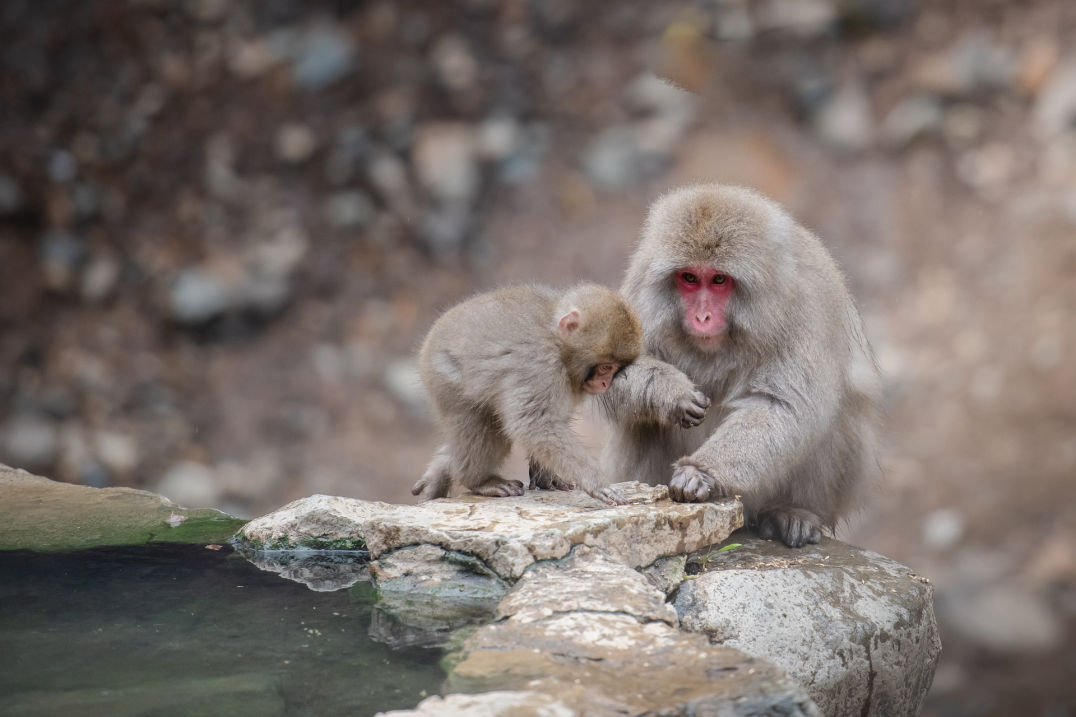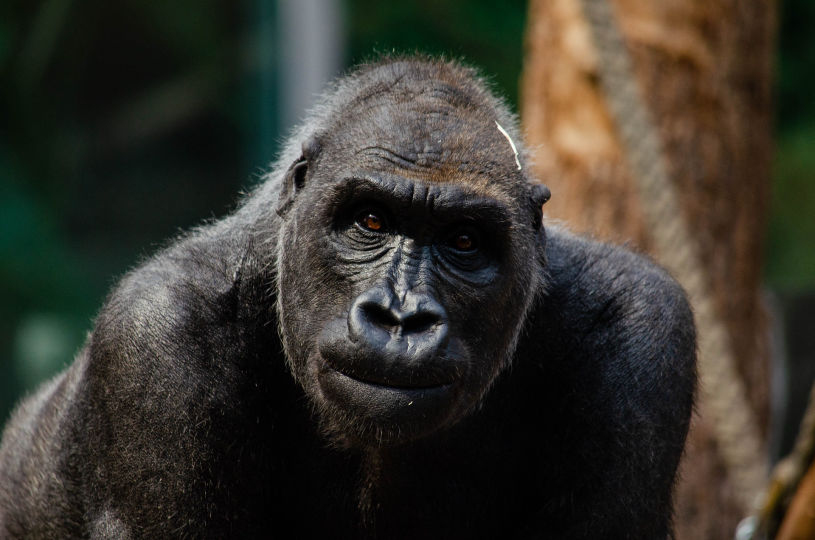A primate is any member that belongs to the biological order Primates that is within class Mammalia—that comprises of some of the most intelligent species such as us, humans, apes, and prosimians.
According to the Merriam-Webster Dictionary, the first known use of the term “primates” can be traced back to the 13th century—it was derived from the French word primat that means prime or first rank. For this reason, Carolus Linnaeus, a Swedish naturalist, used this term to classify the biological order Primates and identify it as the highest rank among all animals.












FACEBOOK COMMENTS WILL BE SHOWN ONLY WHEN YOUR SITE IS ONLINE